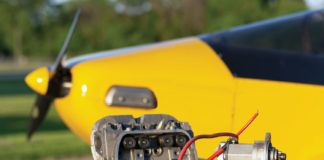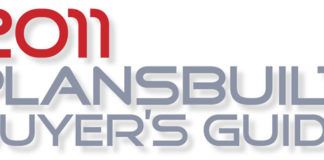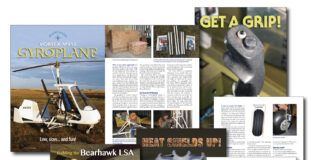This summer the FAA issued Docket No. FAA-2012-0408 concerning the issuance of Special Airworthiness Certificates for the Light Sport Aircraft category. While it primarily addresses factory-built Special Light Sport Aircraft (SLSA), it’s worth looking at because the last paragraph states that there will be some entities who have claimed to be SLSA manufacturers who may not meet the requirements for compliance, rendering their fleets ineligible to retain their airworthiness certification as SLSA. They may, however, be eligible for certification as Experimental Light Sport Aircraft (ELSA).
What exactly are the manufacturers of SLSA required to do? Well, they must 1) be able to identify the aircraft by make, model, serial number, class, date of manufacture and consensus standard used; 2) state that the aircraft meets the provisions of the consensus standard; 3) state that the aircraft conforms to the manufacturer’s design data, using the manufacturer’s quality assurance system that meets the consensus standard; 4) state that the manufacturer will make available to any interested person the following documents that meet the consensus standard: operating instructions, maintenance and inspection procedures, and flight-training supplements; 5) state that the manufacturer will monitor and correct safety-of-flight issues through the issuance of safety directives and a continued airworthiness system that meets the consensus standard; 6) state that by request of the FAA, the manufacturer will provide unrestricted access to its facilities; and 7) state that the manufacturer, in accordance with a production acceptance test procedure that meets an applicable consensus standard has: ground- and flight-tested the aircraft; found the aircraft performance acceptable; and determined that the aircraft is in a condition for safe operation. If the manufacturer cannot demonstrate that it is able to perform the functions specified in this statement of compliance, the FAA would not consider that person to be the manufacturer of the aircraft.
This doesn’t seem unreasonable until you begin to consider how many factory-built Light Sport Aircraft are imported. I found myself thinking, “How could this policy be enforced overseas?” And, not coincidentally, the FAA addresses this very question. SLSA manufactured outside the U.S., the FAA says, must be manufactured in a country that has a bilateral airworthiness agreement (concerning airplanes) with the U.S., a bilateral aviation safety agreement with associated implementation procedures for airworthiness or an equivalent airworthiness agreement. The aircraft must also be eligible for an airworthiness certificate in the country of manufacture.
Again, this needn’t be especially onerous, but here’s where it gets complicated. During its assessment, the FAA found numerous anomalies. For example, some SLSA are shipped disassembled to the U.S. and are assembled by people who declare themselves to be U.S. manufacturers. Some of these aircraft came from countries with bilateral agreements with the U.S.; some did not. In either case, the U.S. assemblers could not carry out the functions they attested to in the statement of compliance. In other cases, the foreign manufacturer claimed responsibility for certain aspects of the statement of compliance, while its U.S. counterpart claimed responsibility for other parts, splitting the responsibility between two distinct persons (and, it would seem, making policy enforcement problematic). Further, for some aircraft manufactured in countries with the appropriate bilateral agreements who shipped to a U.S. distributor, neither the manufacturer nor the distributor could maintain a program to correct safety-of-flight issues as stipulated in the statement of compliance. In other words, buyers could be on their own. Certainly there are legitimate SLSA manufacturers who meet the statement of compliance requirements and provide safe aircraft and reliable customer service—and who can document this. They are not the subject of the FAA’s attention.
But let’s get back to ELSA, a category that encompasses many of the aircraft covered in our Light Stuff column: weight-shift, powered parachutes and gyros (along with kit versions of SLSA that are mostly identical to the original except for the paperwork). As Roy Beisswenger has pointed out, aircraft of this type from Europe are often disassembled prior to being shipped to the U.S. so that they can be reassembled here and certified appropriately. But where does that leave the U.S. assembler? Manufacturer? And more importantly, where does that leave the customer? When it comes to potential liability, that is not an insignificant question.

![]()
Mary Bernard – The product of two parents with Lockheed Aerospace careers, Mary grew up with aviation, prompting her to pursue pilot training as an adult. Her father, a talented tool-and-die maker and planner, instilled in her an abiding interest in how things are built. For more than a decade, she has been a contributing writer and Managing Editor for KITPLANES®.




